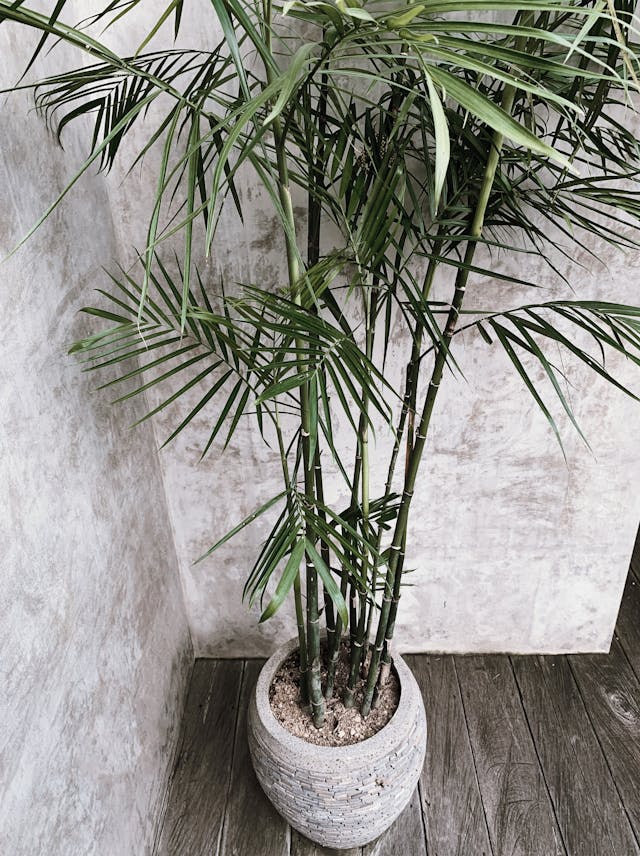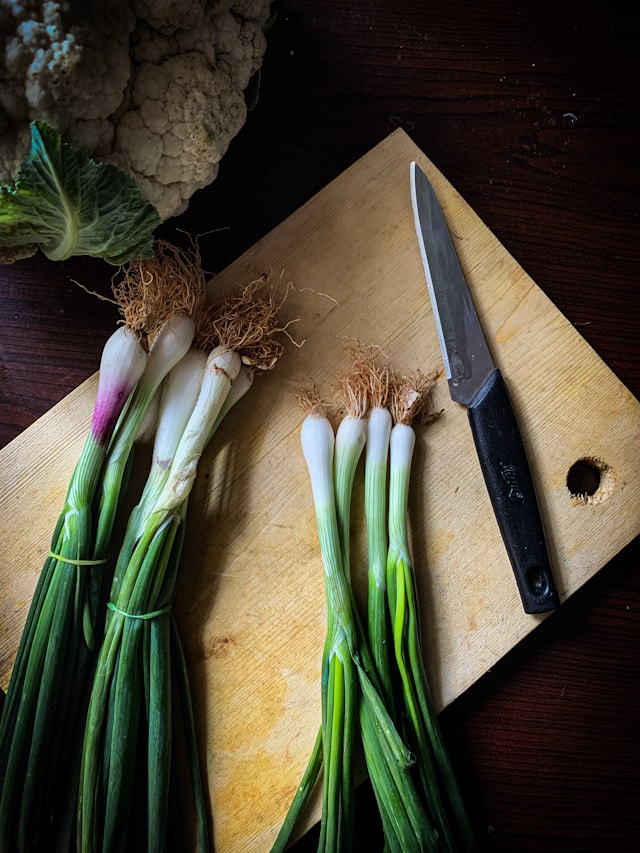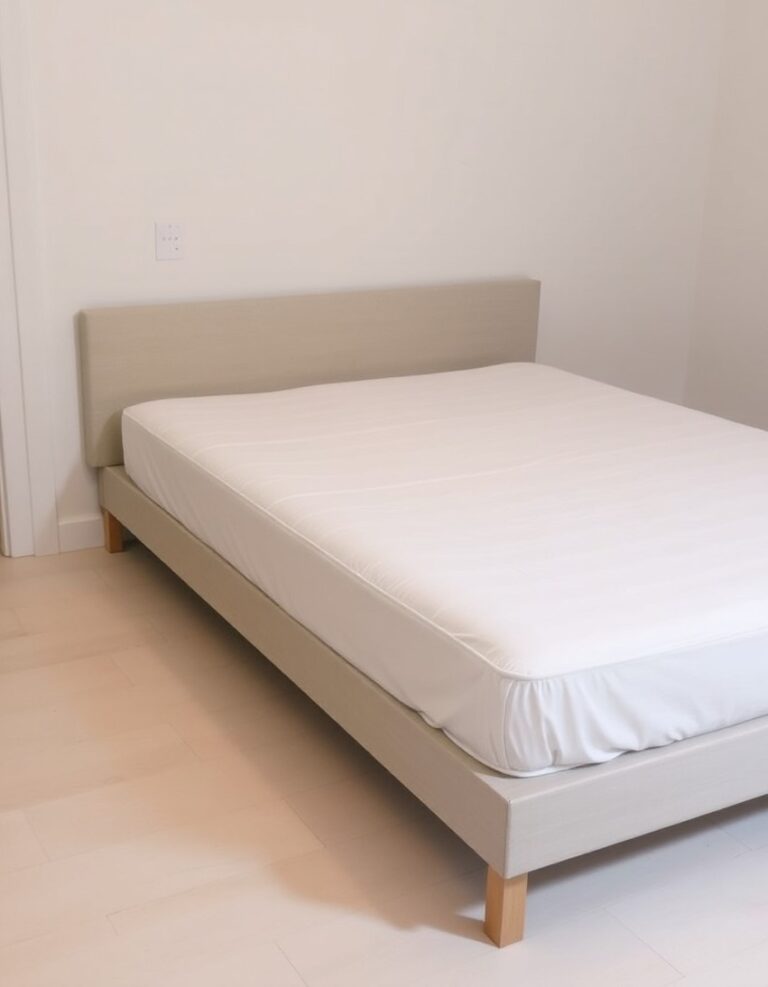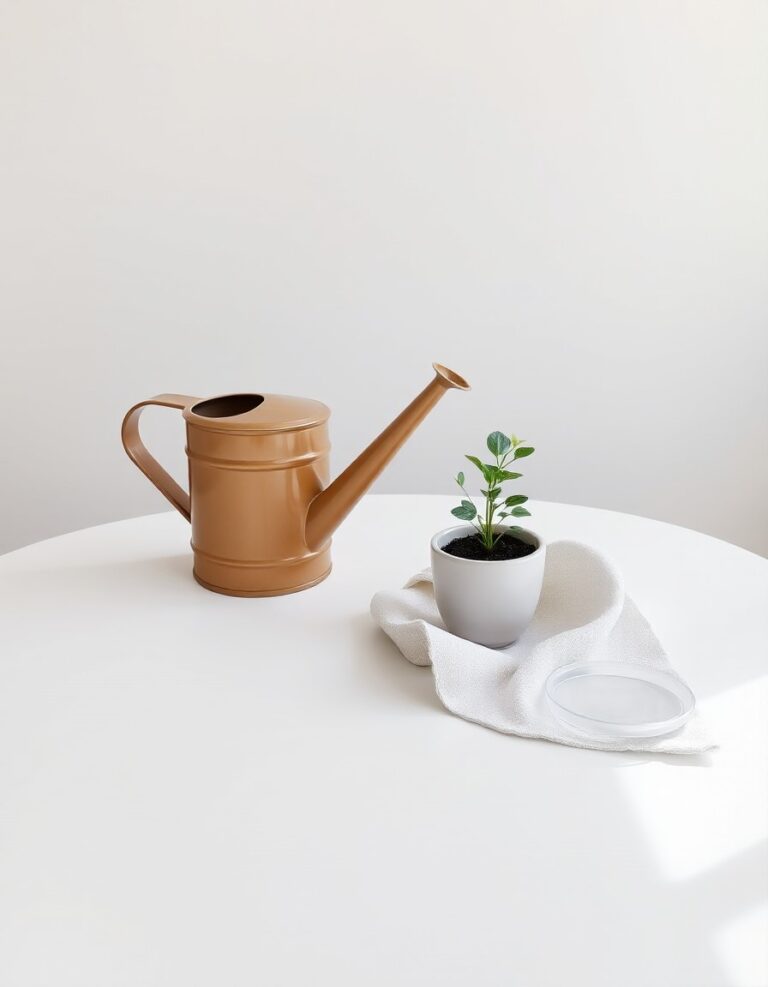Staring at your flower beds wondering if there’s more you could be doing with that space? You’re not alone — many gardeners feel like they’re missing out on the practical benefits their yards could provide. Adding vegetables to your existing garden isn’t about starting over or creating more work for yourself.
This guide shows you exactly how vegetables can transform your garden into a productive, beautiful space that saves money and feeds your family.
What you’ll discover: Simple ways to integrate edibles seamlessly, which vegetables work best for beginners, and how to maximize your harvest without overwhelming yourself.
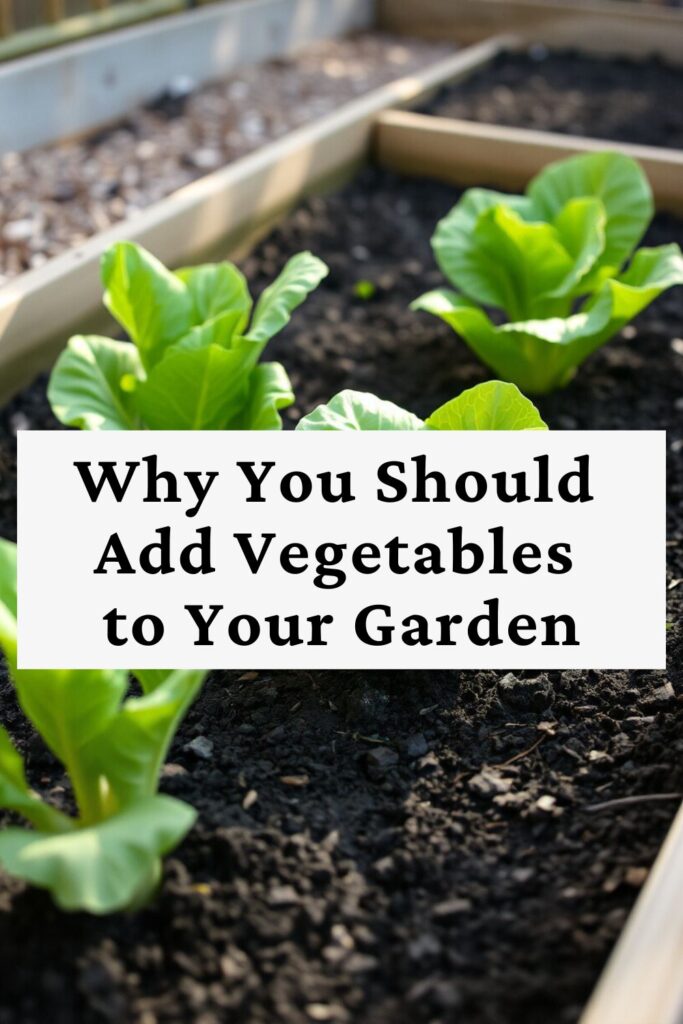
1. Transform Dead Space Into Dinner
Every garden has those spots — the corner that never quite looks right, the strip between your fence and flowers, or that patch where nothing seems to thrive. These forgotten areas are perfect candidates for vegetables.
Instead of fighting with ornamental plants that struggle, try vegetables that actually prefer those conditions. Lettuce loves partial shade where your hostas might be struggling. Herbs thrive in those sunny, dry spots where you can never keep flowers watered enough.
You don’t need to rip out everything you’ve already planted. Vegetables can fill gaps between existing plants, creating layers that make your garden look more intentional and full. Think of vegetables as problem-solvers, not space-takers.
The best part? You’ll stop seeing empty spots as garden failures and start seeing them as dinner possibilities.
2. Choose Vegetables That Actually Grow
Skip the vegetables that require constant attention and choose ones that practically grow themselves. This isn’t about settling for less — it’s about setting yourself up to succeed.
Easy wins for new vegetable gardeners:
- Radishes (ready in 25-30 days, very forgiving for beginners)
- Green beans (climb up existing structures, produce all summer)
- Cherry tomatoes (one plant feeds a family, more forgiving than large tomatoes)
- Spinach (grows in cool weather when other plants are dormant)
- Perennial herbs like oregano and thyme (return year after year with minimal care)
These vegetables work because they’re naturally resilient. They handle weather fluctuations, don’t need perfect soil, and forgive beginner mistakes. You’re not failing if you start with the easy ones — you’re being smart.
Choose vegetables you actually eat. There’s no point growing perfect eggplants if your family won’t touch them. Start with vegetables that regularly appear on your grocery list.
3. Design for Beauty AND Function
The secret to a successful vegetable garden isn’t hiding the vegetables — it’s making them part of your garden’s beauty. Many vegetables are naturally gorgeous and can enhance your existing landscape design.
Vegetables that double as ornamental plants:
- Rainbow chard with its colorful stems
- Purple cabbage that looks like giant flowers
- Scarlet runner beans with bright red blooms
- Kale with its architectural leaves
- Pepper plants loaded with colorful fruits
Plant vegetables in patterns and groupings just like you would flowers. Three identical plants look intentional, while one plant may look accidental. Use vegetables to create height, texture, and color changes throughout your garden.
Consider the mature size and growth habits. Tall plants like tomatoes and beans can provide vertical interest and backdrop for shorter flowers. Sprawling plants like squash can fill large areas that would otherwise need multiple smaller plants.
Think seasonal interest too. Cool-season vegetables like peas and lettuce can occupy space in spring before your warm-season flowers fill in, then make room for summer bloomers.
4. Start Small and Expand Smart
The biggest mistake new vegetable gardeners make is trying to grow everything at once. Start with just one small section or even a few containers. You can always expand next season once you know what works in your specific conditions.
Pick one area of your garden that gets good sun and has decent soil. This doesn’t need to be a traditional rectangular plot — it could be a corner of an existing bed, a strip along a fence, or even just a few pots near your kitchen door.
Your first vegetable garden should be small enough that you can:
- Water it easily without dragging hoses across the yard
- Harvest regularly without it feeling like a chore
- Keep an eye on it from your house
- Reach all plants without stepping on soil
Focus on 3-5 types of vegetables maximum in your first year. You’ll learn more from growing a few plants really well than from struggling to manage too many varieties.
Once you’ve successfully grown vegetables in one spot for a season, you’ll have the confidence and knowledge to expand. You’ll know which vegetables your family loves, which ones grow well in your conditions, and which ones aren’t worth the effort.
5. Maximize Your Harvest All Season
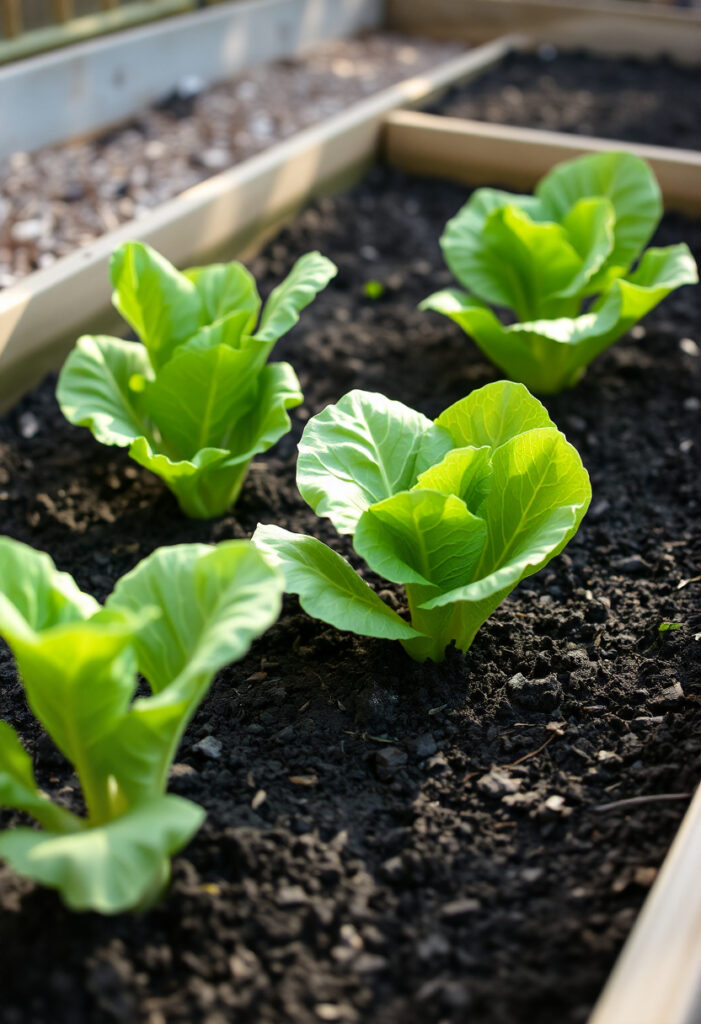
The goal isn’t just to grow vegetables — it’s to have fresh food available as much as possible. Smart planning keeps your garden productive from spring through fall without requiring you to plant everything at once.
Succession planting means planting small amounts every 2-3 weeks instead of everything at once. Plant a few lettuce seeds every two weeks for constant salads, or plant green beans in early summer and again in midsummer for two harvests.
Choose vegetables with different harvest times. Quick crops like radishes and spinach can be planted between slower crops like tomatoes and peppers. By the time your tomatoes need the space, you’ve already harvested and replanted the quick crops twice.
Mix warm-season and cool-season vegetables. When your summer vegetables start declining in fall, cool-season crops like lettuce, spinach, and peas are just getting started. Your garden stays productive and attractive even as flowers fade.
Don’t forget about herbs and perennial vegetables. Asparagus, rhubarb, and perennial herbs provide harvests year after year without replanting. They’re investments that pay dividends for decades.
Consider preservation too. Vegetables that freeze, dry, or store well extend your garden’s impact far beyond the growing season. Basil turns into pesto, tomatoes become sauce, and herbs dry for year-round seasoning.
Questions & Answers
Will vegetables take over my flower garden? Not if you choose the right varieties and plan properly. Many vegetables are more compact and controlled than sprawling flowers. Cherry tomatoes in cages, bush beans, and lettuce actually require less space than many perennials.
What if I don’t have full sun? Many vegetables tolerate partial shade better than flowers do. Leafy greens, herbs, and root vegetables can thrive with just 4-6 hours of direct sunlight. You have more options than you think.
When should I start planting vegetables? Start with cool-season crops in early spring, add warm-season crops after the last frost, and plant cool-season crops again in late summer for fall harvest. Your garden can be productive three seasons out of four.
Start Growing What You’ll Actually Use
Adding vegetables to your garden isn’t about becoming a farmer — it’s about making your gardening efforts work harder for you. You already have the space, the tools, and the gardening knowledge. Now you can have beautiful landscaping and fresh food from the same effort.
Which vegetable will you try first in that empty corner of your garden?


